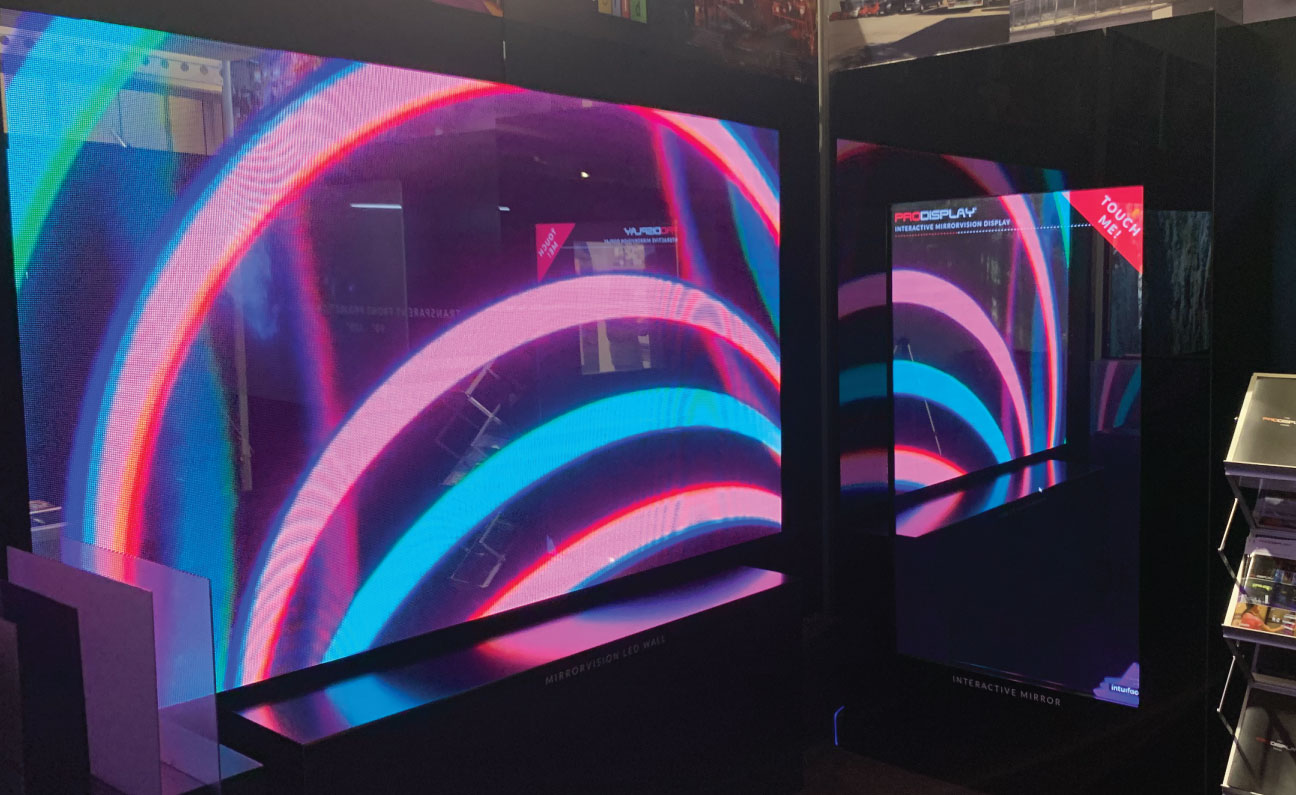Another significant advantage of light-emitting diode video screens is their versatility in size and form. They can be tailored to fit various areas, whether it is a small meeting space or a large arena. This flexibility allows companies to create distinct graphic experiences customized to their specific requirements. Additionally, light-emitting diode video screens can be configured in different layouts, such as curved or slanted designs, which can improve the total visual effect. This flexibility makes them suitable for a broad range of uses, from advertising and leisure to education and corporate interaction.
The durability of LED display walls this hyperlink is another crucial feature. Unlike conventional projection technologies, which can be sensitive to environmental conditions, LED modules are built to endure various environments. They are immune to damage from hits and can function efficiently in different climates and humidity conditions. This durability means that light-emitting diode video screens require minimal maintenance and can have a prolonged lifespan, making them a economical investment for businesses looking to enhance their display displays.
In furthermore to their physical features, LED video walls offer sophisticated technology that improves the viewing encounter. Many LED display walls come fitted with high-resolution features, allowing for sharp and distinct images. This is especially beneficial for showing detailed images, videos, and presentations. Furthermore, light-emitting diode video screens can support multiple content types, such as live streams, animations, and engaging displays. This capability enables organizations to captivate their audiences more effectively and develop dynamic shows that capture interest.
Finally, LED video screens contribute to enhanced communication and collaboration. In academic settings, they can promote engaging learning encounters, allowing students to interact with content in new methods. In corporate settings, they can improve presentations and gatherings by providing a clear graphic representation of data and ideas. By fostering improved communication, LED display walls can help organizations reach their goals more efficiently. In summary, the essential features and advantages of LED display screen technology make it a valuable asset for modern visual presentations across various industries.
